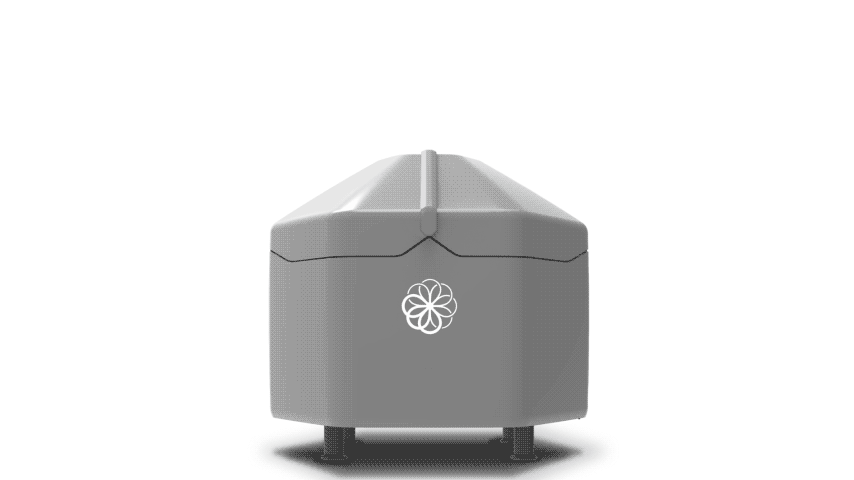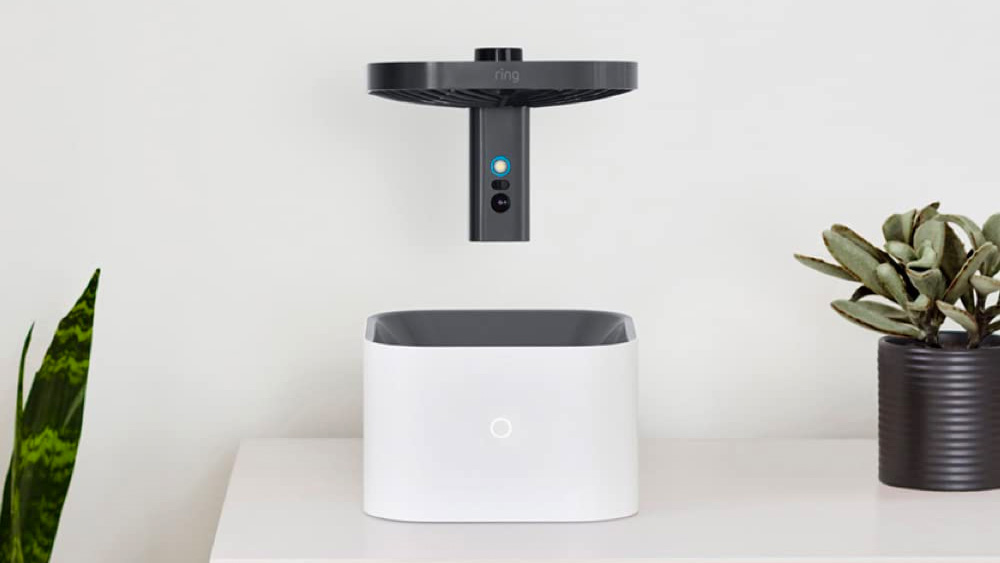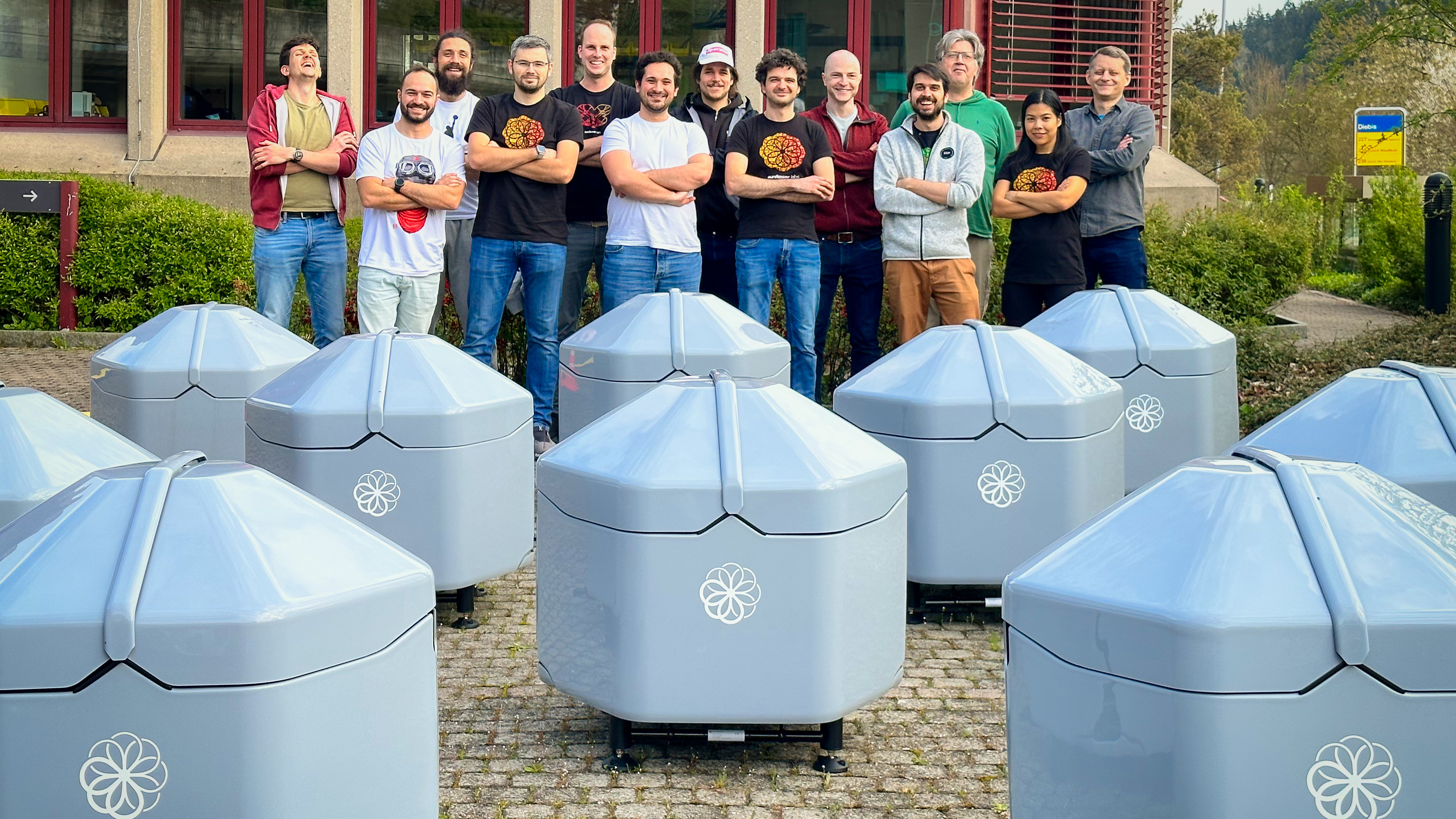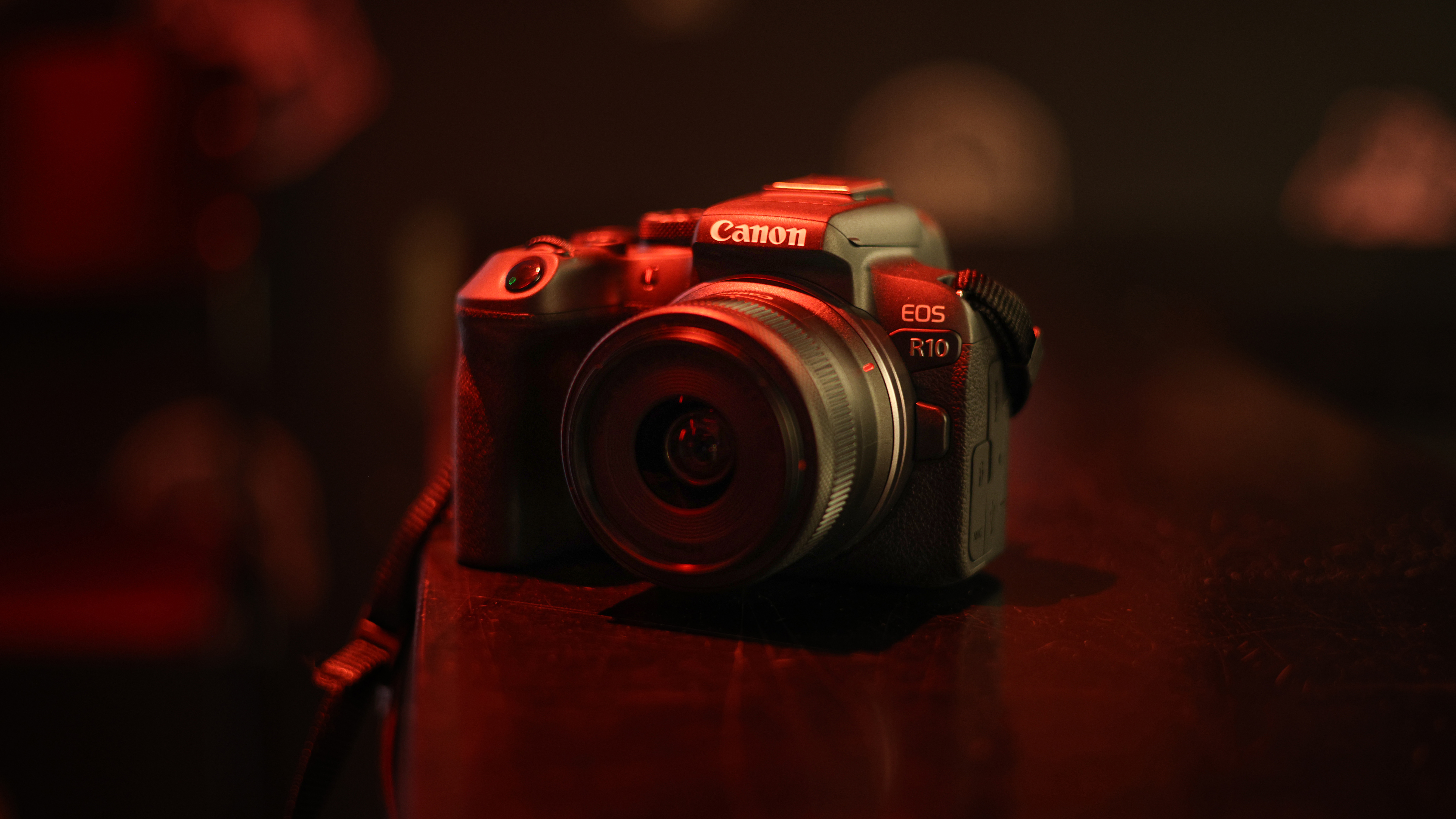I love drones, and I love the smart home… so I should love security drones... BUT...
As the DCW expert in drones and security cameras, what is it that fills me with fear when I read this futuristic press release?

Sometimes when a technology arrives it is already perfect. There will still be room for development, but on day one the iPhone was a great example of a leap forward. There are other times when things over-reach and being at the beginning of the curve. That, I'd guess, is what a home security autonomous drone is going to be!
Yet Sunflower Labs are making a good deal of noise about their drone-based 'Beehive System', in which an autonomous drone takes off from a special box, follows an aerial survey route – a patrol – before automatically landing in the robotic box. It then closes the lid on the drone and charges. This human-free security patrol is charged at $5 per hour.
Ring, too, have shown an indoor device (you can request an invitation for the "Ring Always Home Cam" on Amazon) that operates on a similar principle, taking off from a (slightly less weatherproof) dock and traversing your home when commanded remotely via the Ring app. Any actual release has been pushed back until at least 2024 at the earliest, however.

Atop these products, monitored security firm Vivint recently asked their customers, via a survey, whether homeowners would like "Drone-like flying cameras." Only 23% were 'For', 34% 'Against', and the rest neutral. Me, for now, despite my specialisims, I'm with the 34%.
• See our review of the Vivint home security system
Why so pessimistic? I'm writing this powered by technology; I'm in a train, typing on a laptop, connected live to the internet via 5G and Bluetooth from that iPhone's successor. On the other hand, the 200-year old tech that the train represents has come to a stop because a cow or child has wandered onto the line. A crackle in the tannoy means I'm not sure which.
In other words, tech which is as established as the train can still go wrong when something unexpected. My guess is that there are a lot of things that could be similar problems for an autonomous drone in a robot box – unknown unknowns, as Donald Rumsfeld would put it.
The best camera deals, reviews, product advice, and unmissable photography news, direct to your inbox!
If it's kids on the line, for example, and they (or a small subset of them) are happy to play in front of 125mph trains, imagine how many would cheerfully attempt to bring down a large electronic dragonfly? Imagine how little guilt they'd feel? Cameras might catch them sealing the drone's base station with chewing gum, but that won't really help fix it remotely.

Sunflower Labs say its boxed drone can cope with snow and wind. While the hive is clearly designed so not too much settles and the rest falls off as it opens, there is a limit to how much gusting any drone can survive – that's just physics – and their stated cruise speed of 14.5 kph / 9 mph (4 m/s) isn't compelling evidence that the machine can overcome tricky weather (though the 1.56kg take-off weight is a bit more robust than some consumer products).
To be fair, the product has only been installed in a few places in the USA, Germany, and Japan, and the company is clearly working hard to develop it in line with regulations. It's also important to note there is nothing to link them with Vivint save for the fact their device targets the security market.
My concern is more general; with these devices there is a lot that can go wrong. Even the best AI drones have a lot of trouble circumventing trees with their ever-moving leaves and small branches. Then there's the question of how much reliance on internet connectivity or power there would be? Not to mention increasing temperatures – how hot will it get in those boxes (cars get pretty warm in the sun – how will the drone batteries cope?).
Looking at the promo video for the Ring Always Home Cam raises another question – these drones can only 'see' where their designers grant them cameras (even when the AI is up to the job. While it's not a final product, that device doesn't seem to have side or rear-facing obstacle cameras. It feels like designers aren't expecting the unexpected!
Even if it had a perfect service record, a drone heavy enough to be tough in the wind will be unlikely to please the neighbors. I just reviewed the DJI Air 3 (under half the weight of Sunflower's drone) and it produces a very noticeable 81dB, and it is still considered to be a quiet drone. It'd be nearly as annoying as an exceptionally paranoid alarm system's siren going off all the time.
I can see these in industrial sites, where there are fewer people around anyway so noise and risk are more proportionate. But in and around the home? I think we're probably still a way off this tech being as common as the Ring doorbell – not that it isn't exciting. I hope I'm not talking myself into it...
If you're interested in beefing up your home security, a great place to start would be our guides to the best smart home security cameras and the best doorbell cameras.

With over 20 years of expertise as a tech journalist, Adam brings a wealth of knowledge across a vast number of product categories, including timelapse cameras, home security cameras, NVR cameras, photography books, webcams, 3D printers and 3D scanners, borescopes, radar detectors… and, above all, drones.
Adam is our resident expert on all aspects of camera drones and drone photography, from buying guides on the best choices for aerial photographers of all ability levels to the latest rules and regulations on piloting drones.
He is the author of a number of books including The Complete Guide to Drones, The Smart Smart Home Handbook, 101 Tips for DSLR Video and The Drone Pilot's Handbook.
